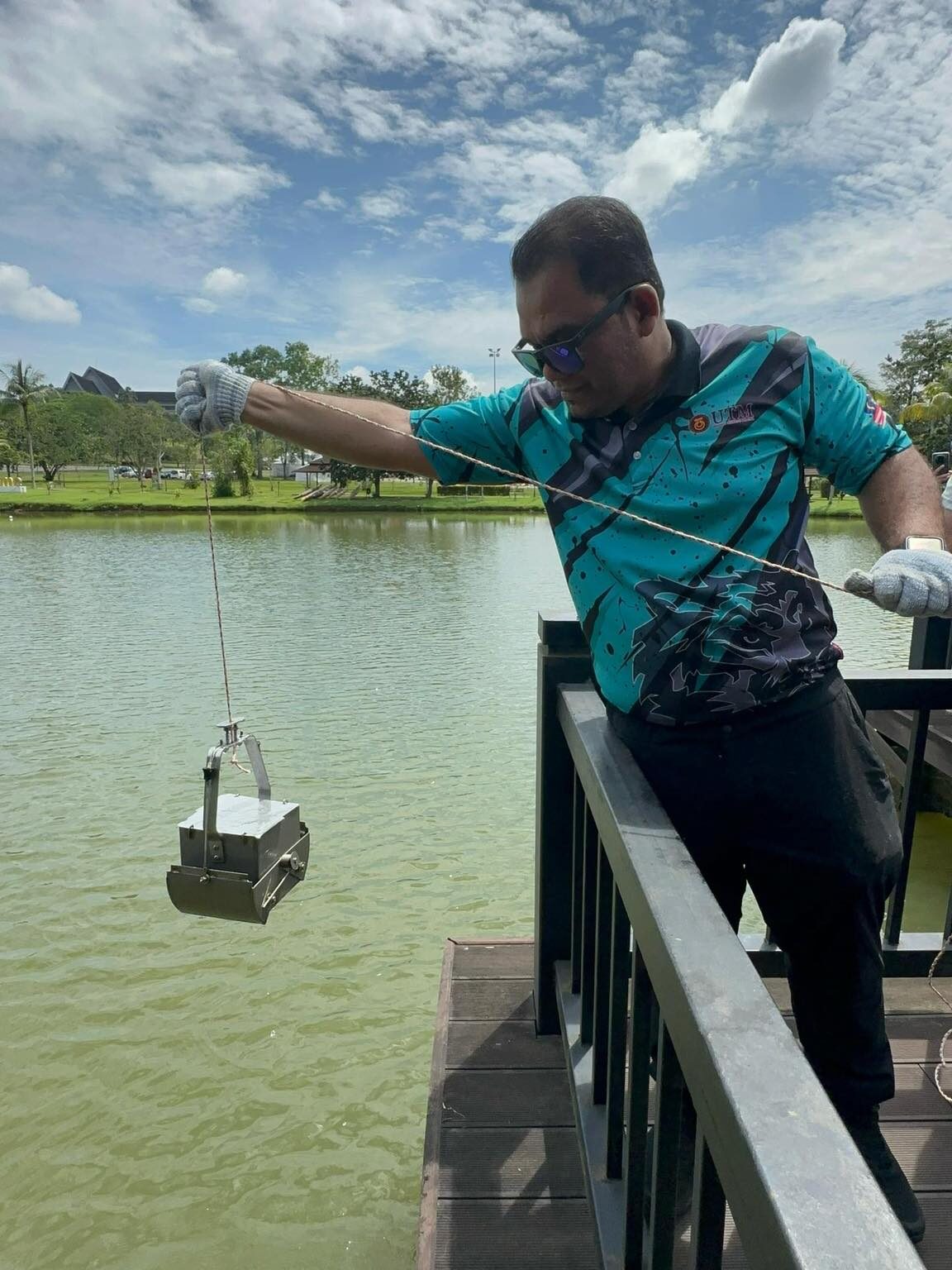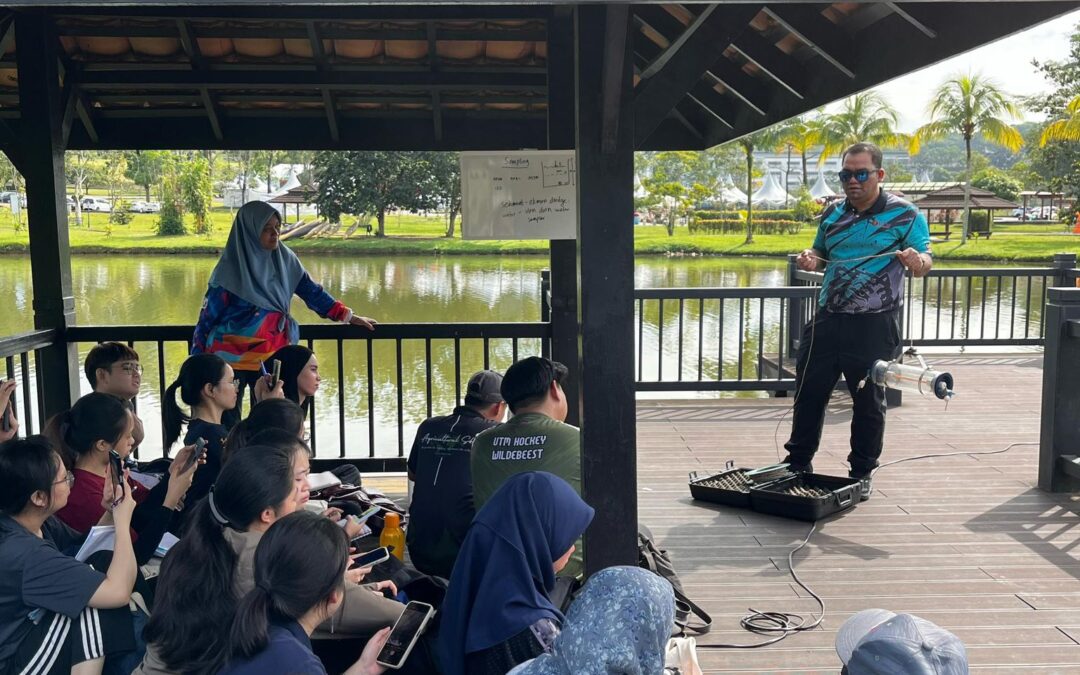14th April 2025 – In the world of analytical chemistry, precision begins long before a sample enters the labit starts at the very moment of sampling. This is especially true in environmental analysis, where the accuracy and reliability of data hinge on how well the sample represents the actual conditions of the environment.
As part of the Instruments Competency Course, the Environmental Sampling class offers a deep dive into one of the most fundamental yet often underestimated skills in the field: proper sampling techniques for water, soil, and air.
Why is this so important? Because even the most advanced instruments can’t correct errors caused by poor sampling. An improperly collected sample can lead to inaccurate assessments of pollution levels, misinterpretations of contaminant distributions, and false conclusions about regulatory compliance.
That’s why this class emphasizes the core principles of environmental sampling. Students learn to select appropriate sampling locations, determine the best timing for collection, and apply correct preservation and handling protocols. These strategies are essential to ensure that each sample is a true snapshot of the environmental conditions being studied.
Ultimately, mastering environmental sampling isn’t just a technical requirement—it’s a critical step in protecting ecosystems and making informed environmental decisions.





Recent Comments